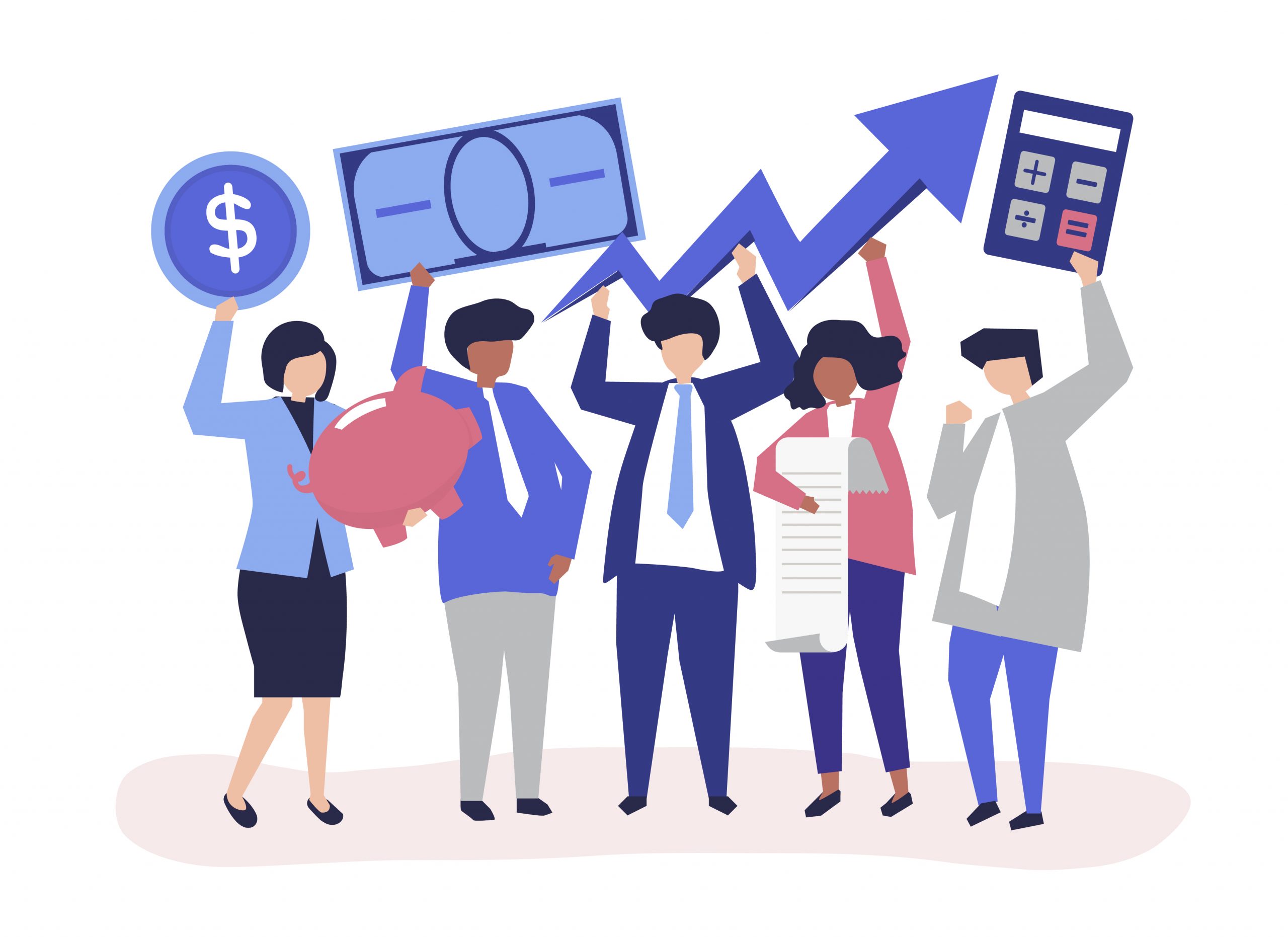Value Of Your Business: Despite constant innovation and the growing ability of technology to automate, transform and optimize, you know there is still a long way to go. Starting a startup in 2020 is not an easy task at all, you must have sufficient knowledge about startup workflow, market needs, and many more.
The solution lies in the fundamentals, and this is where businesses need to refocus their energy. Reducing things to the essentials provides a great opportunity to take a step back, generate unprecedented value and innovate from within. Companies that recognize this quickly will be the best prepared to achieve peak value in 2020 and the start of the new decade.
To help your company get started in this way, the report Fjord Trends 2020 shows seven emerging trends in the business world – from the geolocation of the body, to the future of artificial intelligence (AI), through the search for a greater meaning in life.
Maximize The Value Of Your Business
- The many facets of growth
At the start of the year, companies need to make good resolutions when it comes to defining success, and moving away from the long-established definition of financial growth. Indeed, while profit is essential to longevity, employees, customers and stakeholders are looking for more relevant metrics; that will improve their lives and that of society in general.
Last summer, the Business Roundtable, an influential association of nearly 200 leading business leaders in North America, boldly adopted shifting societal perspectives. Its new goal statement advocates delivering “value to customers”, “investing in people” and fostering “diversity and inclusion” even before shareholders are mentioned.
- Transformation of money
In our increasingly cash-deprived world, our perception of money is changing, as is our view of what “money” stands for and how we make payments. As people reflect on these once fundamental concepts, non-traditional financial companies are pioneering revolutionary new ecosystems. Flawless and almost invisible payment systems also continue to confuse the issue.
With their built-in biometric functions, smart phones and digital watches can already learn to identify their users for authentication with minimal effort. Then we will see a significant increase in the use of “biometric mobile wallets” – payment by fingerprints, facial or retinal recognition.
Young people today might even be the first to ditch the leather wallet in favor of a digital wallet that can think for them – for example, the Apple Card. The card software connects to an iPhone user’s Wallet app and may appear as a default option whenever they use Apple Pay. It eliminates fees, helps users make smarter financial decisions, and anchors customers even further to the Apple brand.
The unlimited potential for new products and services, and the ability to do more than just buy products, should excite everyone.
- Walking barcodes
In today’s context of continued 5G breakthroughs, companies are starting to tap into the new potential of machine reading. Our faces and our bodies become our signature, and are now as traceable as our fingerprint. The result: new possibilities for targeted advertising, memorable experiences and invisible data exchanges that deliver tangible value to people – provided you strike the right balance between privacy and personalization .
In 2019, Disney conducted an interactive movie poster pilot project in partnership with Accenture Interactive for the release of Dumbo. The AI-based experiment employed photography, facial recognition and emotion recognition to display a version of the poster that matched the feelings felt by the person looking at it.
- Fluid people
As companies reconsider their goals, humans also reconsider their view of themselves and their behavior – most notably, the way they consume. Conscious and guilt-free lifestyles are becoming the new normal, with a shift to factors such as climate change, sustainability and mental health. Did you know that 95% of consumers at the plant-based food company Impossible Foods are actually carnivores?
Organizations must respond by coming up with new ways of consuming that make people feel good about their actions, while keeping an eye out for changing desires that reflect the current political and social climate.
People perceive and define their identity and value more and more fluidly, especially in terms of gender. Last September, Mattel challenged stereotypes and launched the world’s first gender-neutral doll. The dolls in the Creatable World collection are fully inclusive and customizable, from clothing options, to styling and hair color, to gender expression.
- Intelligence design
What we know about AI is already history. Now that companies have embraced intelligent automation, the next step is to design systems that combine AI with human intelligence, simplify complexities, and improve the experience for our employees.
For brands in the fashion industry, adopting the right trends is a guarantee of success. Levi’s, Madewell and Allbirds are just three of the many retailers leveraging MakerSights’ human-machine intelligence. This engine combines the voice of the customer, internal perspectives and historical sales data to determine which styles will win or lose – an invaluable insight, regardless of brand.
- Digital doubles
Our digital twins are evolving and the race has started to create virtual manifestations of ourselves that also serve as gatekeepers of our data. Financial services and healthcare organizations need to make room for digital duplicates and learn not only to model them, but also to create them.
For example, the start-up DNABlock aims to democratize the creation of 3D characters in real time and the design of interactive human beings for all. Avatars are developed from high resolution 3D scans, and people can even put their avatars to work, licensed by the agency. An avatar made on location at a conference recently served as the host for a real-time awards show.
- Life-oriented design
Design trends are mobilizing the transition of a society moving from “me” to “us”. We see the design shift from a user-centric to a life-centric approach, which sees people as the moving parts of an ecosystem rather than the center of everything. Businesses need to design with people and community in mind to maximize value and bring people together.
A great example is the Think Dirty app, created in Toronto, which educates consumers about potentially toxic ingredients in their cosmetics and personal care products. The app enables customers to make informed and responsible choices and voice their concerns to manufacturers of beauty products in accordance with the principle of life-oriented and planet-conscious design.
Our Other Article: Compelling Custom Apparel Packaging for Promoting Seasonal Sales













